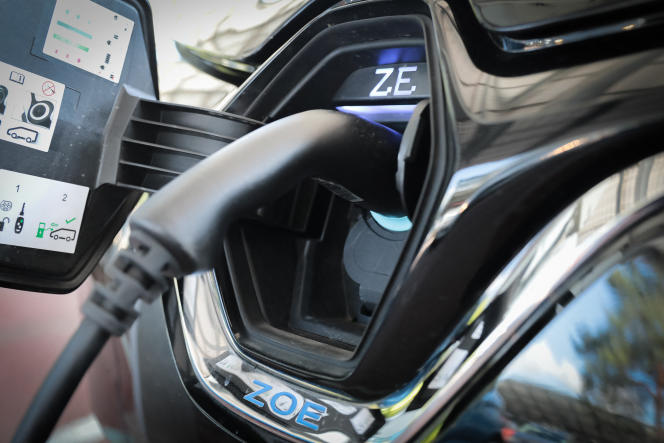The start will have been laborious but the movement to install charging stations in collective housing now seems to be under tension. According to Avere-France (National Association for the Development of Electric Mobility), the number of charging terminals installed in condominiums in 2022 has tripled compared to 2021.
While the milestone of 100,000 terminals on public roads has just been passed and the fleet of electrified vehicles (1.27 million cars, 805,000 of which are 100% electric) continues to grow, the degree of equipment of buildings remains very marginal, however. In mid-2023, there are 18,700 spaces equipped with a terminal (including 8,700 installed in 2022) out of a total of more than 6.5 million building parking spaces listed by INSEE.
If we look at car parks that have been pre-equipped and therefore likely to be quickly equipped with terminals, the results appear more encouraging. The French Association of Charging Operators (AFOR) claims to have already installed infrastructure for a total of 1.5 million parking spaces, or nearly a quarter of existing spaces.
Many grants
Essential for the distribution of the electric vehicle – users do 85% of their recharging at home at a much lower price than that of public charging stations – equipping residences is a heavily subsidized activity that provides long-term income to its managers. .
To gain a foothold in this very profitable market, the prospects of which are considerable given the end of sales of thermal cars by 2035, the co-owners must first be convinced. Launching a project to equip a private car park is no longer an obstacle course but remains an operation that is still complex because it can be subject to multiple options.
Since 2014, a “right to take” has been introduced, which allows a resident to have equipment installed at his own expense without the co-ownership being able to oppose it. “unless there is a serious and legitimate reason” according to the Construction and Housing Code, but this option remains expensive and limited to specific cases. To ensure its growth, electrical charging in buildings relies first on collective processes whose main asset is to smooth out the necessary investment.
First, the co-owners must decide by a simple majority vote at a general meeting on the financing of an electrical infrastructure that will allow the installation of charging terminals. Avere-France subsidizes up to 50% of these network connection expenses (up to a limit of 960 euros per user).
You have 58.07% of this article left to read. The following is for subscribers only.
